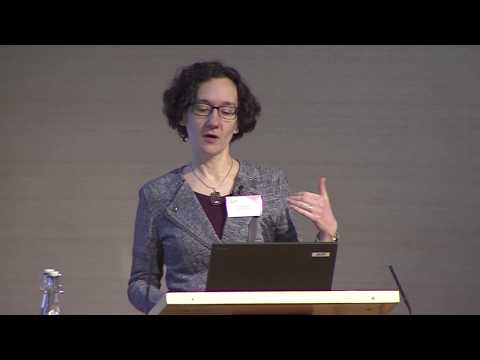Description:
Explore language learning in humans and machines through this insightful 46-minute talk by Dr. Sharon Goldwater, a Reader at the University of Edinburgh's School of Informatics. Delve into the challenges of natural language processing, the importance of understanding human language acquisition, and the potential for incorporating human-like learning biases into computational systems. Discover how this approach could address the resource-intensive nature of current language processing methods and expand their applicability to a wider range of the world's languages. Examine examples from Dr. Goldwater's research, including word segmentation and meaning as translation, to gain a deeper understanding of the complexities of language learning and the innovative solutions being developed in the field.

Language Learning in Humans and Machines - Making Connections to Make Progress
Add to list
#Computer Science
#Artificial Intelligence
#Computational Linguistics
#Machine Learning
#Feature Extraction